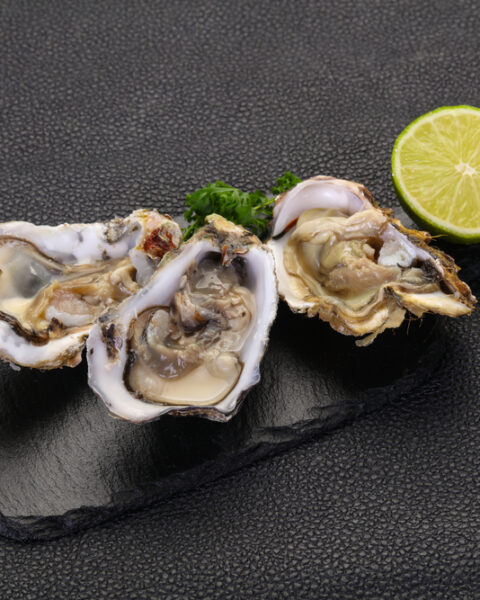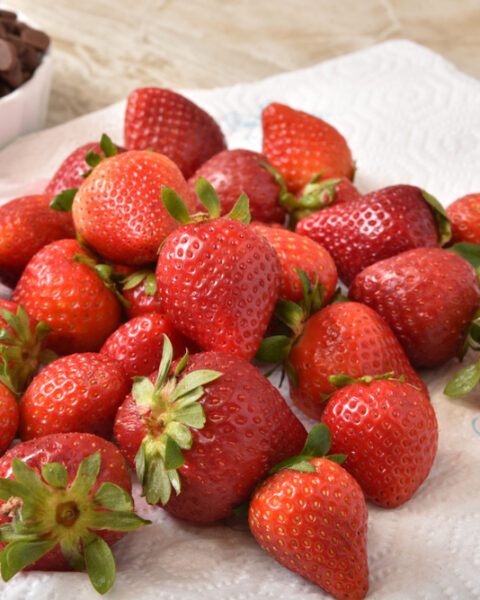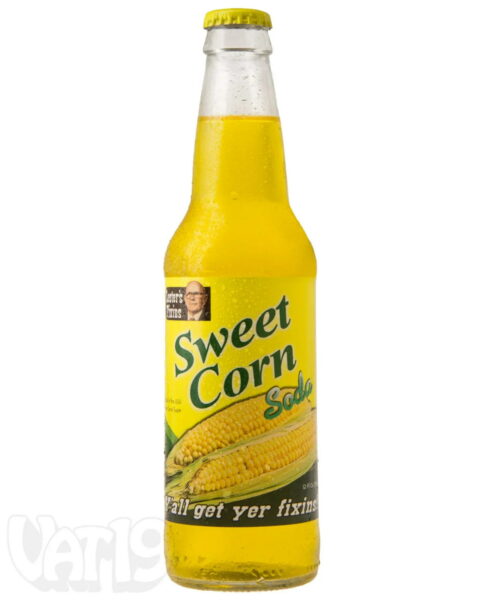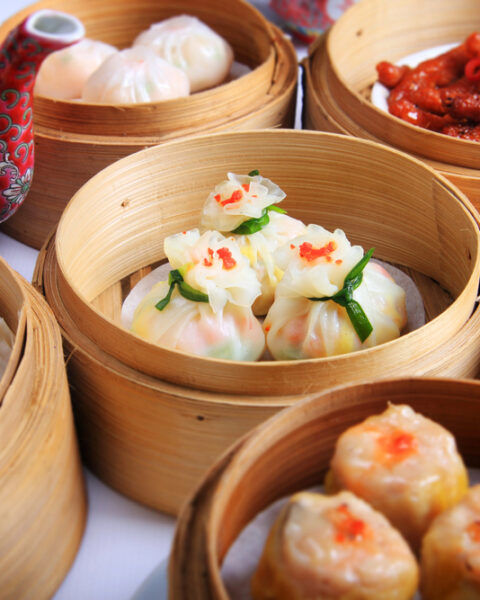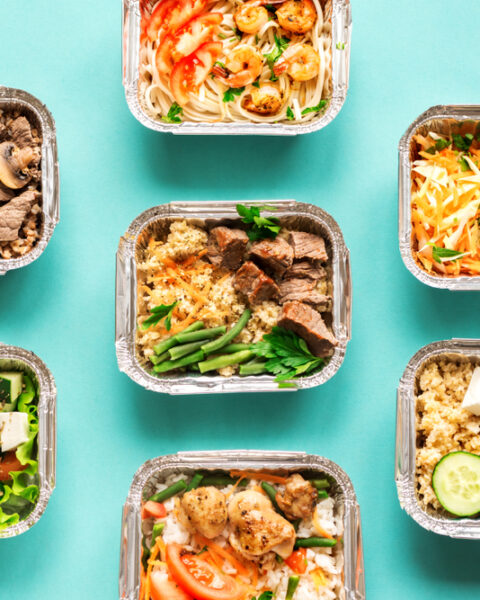Nuts are a common ingredient in many delicious dishes, but sometimes they’re hidden in unexpected places. For those with allergies or dietary preferences, it’s essential to be aware of these sneaky sources. Here are 14 foods that surprisingly contain nuts, shedding light on hidden ingredients in your favorite treats.
Contents
- 1 Pesto Sauce
- 2 Marzipan
- 3 Nougat
- 4 Granola Bars
- 5 Vegetarian Meat Substitutes
- 6 Stuffed Pastas
- 7 Energy Drinks
- 8 Salad Dressings
- 9 Baked Goods
- 10 Breakfast Cereals
- 11 Chocolates
- 12 Asian Sauces
- 13 Ice Cream
- 14 Smoothies
- 15 More From RetailShout
- 16 15 Irresistible Appetizer Recipes for Your Next Party
- 17 17 Packaged Foods with More Sugar Than You Think
Pesto Sauce
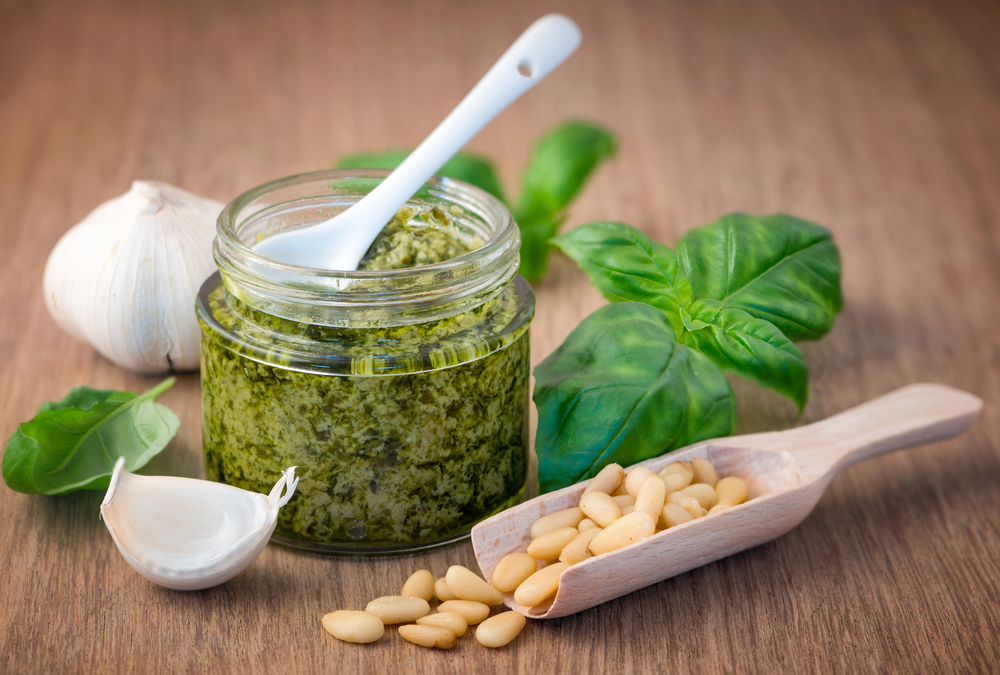
Pesto, a beloved Italian sauce, often contains pine nuts. These small nuts are blended with basil, garlic, Parmesan cheese, and olive oil to create the classic pesto flavor. While some variations use other ingredients, traditional pesto almost always includes pine nuts. It’s essential to check labels if you’re avoiding nuts.
Marzipan
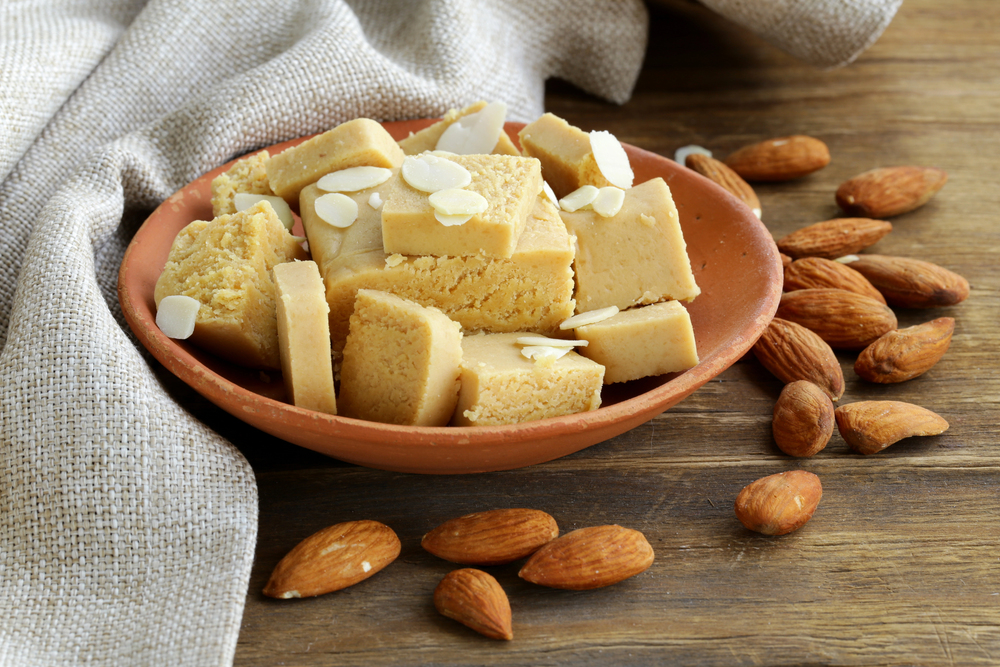
Marzipan is a sweet confection made primarily from almonds. It’s often used in cakes, candies, and pastries, giving them a rich, nutty flavor. Despite its smooth texture, marzipan’s main ingredient is almond paste. Always verify the ingredients if you need to avoid nuts.
Nougat
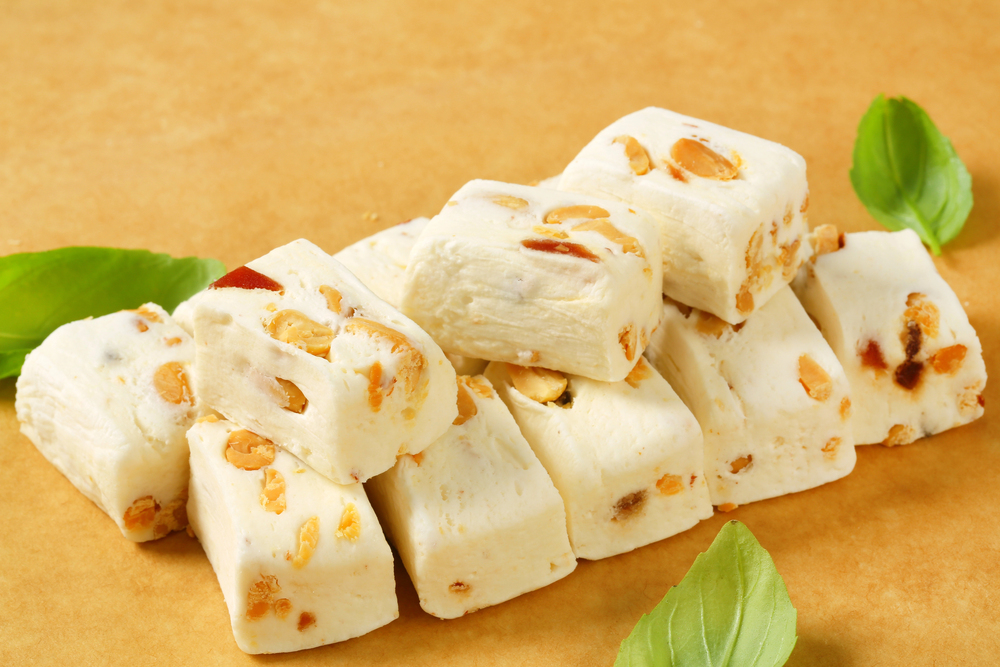
Nougat, found in many candy bars, often contains nuts like almonds, hazelnuts, or pistachios. This chewy, sweet treat blends nuts with honey, sugar, and egg whites. Its nutty content can be a surprise to those expecting a purely sugary snack. Check the ingredient list to avoid any nut-related surprises.
Granola Bars

Many granola bars contain hidden nuts, including almonds, cashews, and walnuts. These bars, marketed as healthy snacks, often use nuts for added protein and flavor. Even if the main ingredients are oats and dried fruits, nuts are frequently included. Always read the packaging to ensure they’re nut-free.
Vegetarian Meat Substitutes
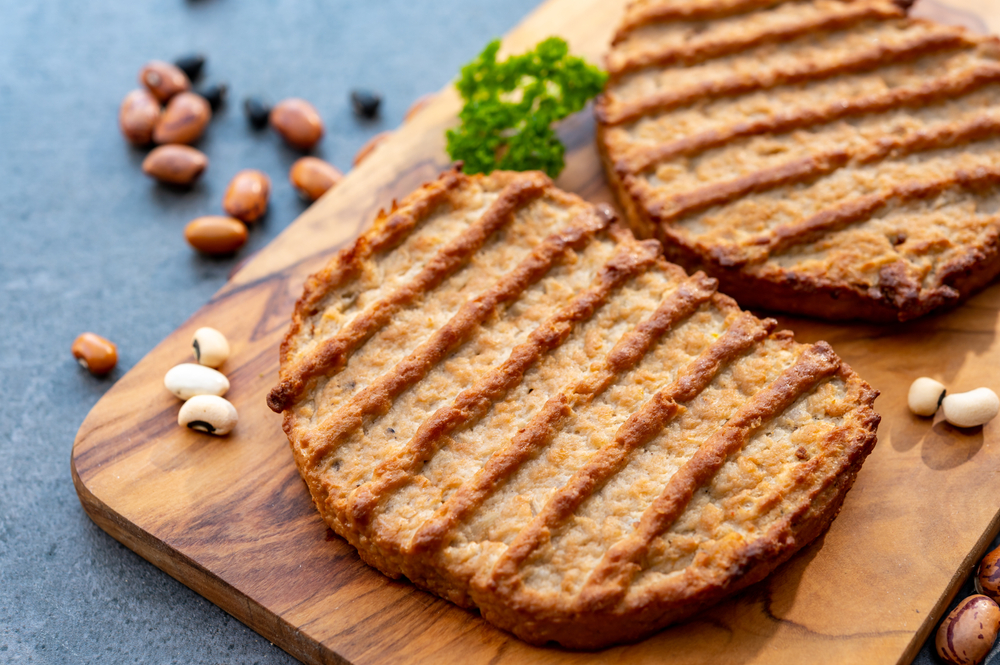
Some vegetarian meat substitutes use nuts as a protein source. Walnuts, cashews, and almonds can be ground and mixed into these products. While they offer a meaty texture and added nutrition, they can be problematic for those with nut allergies. Verify the ingredients when choosing meat substitutes.
Stuffed Pastas
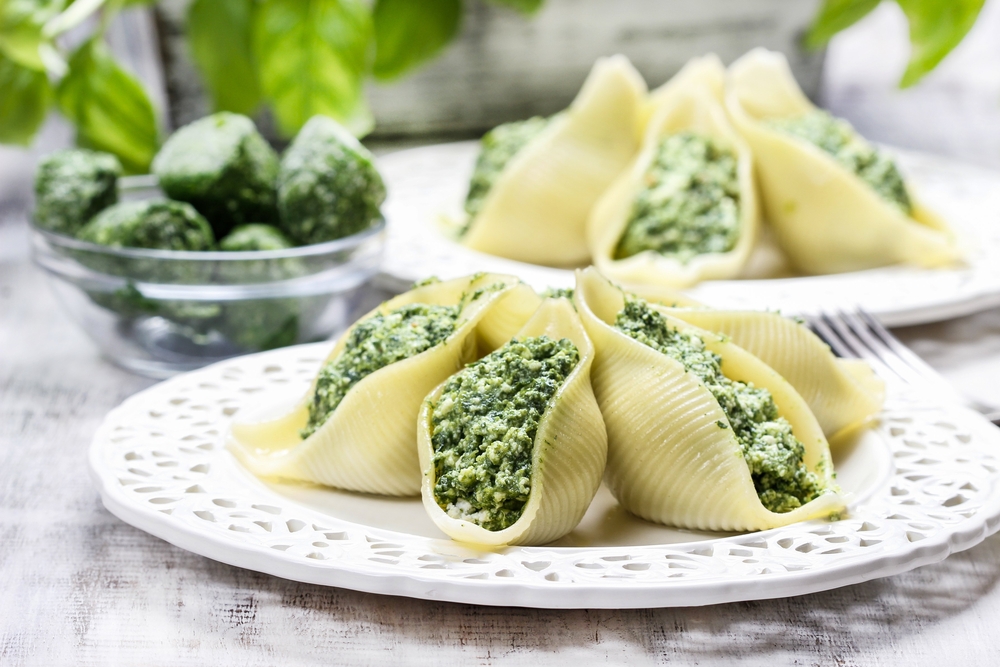
Stuffed pastas like ravioli and tortellini can contain nuts in their fillings. Chefs sometimes use walnuts or pine nuts to add richness to cheese or vegetable fillings. These hidden nuts enhance flavor but pose a risk for nut-allergic individuals. Check the ingredients, especially with gourmet or homemade pasta.
Energy Drinks

Certain energy drinks include nut extracts, such as kola nut extract, for flavor and caffeine. These extracts, while natural, introduce nut content into the beverages. For those avoiding nuts, this hidden ingredient can be surprising. Always read the label to stay safe.
Salad Dressings

Some salad dressings, particularly those labeled as creamy or with “Asian” flavors, contain nuts. Ingredients like peanut butter, almond oil, or crushed walnuts can be mixed in for texture and flavor. These dressings can make salads risky for nut-allergic individuals. Always check the ingredients list or make dressings at home.
Baked Goods

Many baked goods, including cakes, muffins, and breads, might contain nuts even if not explicitly mentioned. Almond flour, pecan pieces, or walnut dust can be hidden within. This inclusion adds flavor and moisture to the baked goods. Be sure to ask or read labels if you have a nut allergy.
Breakfast Cereals
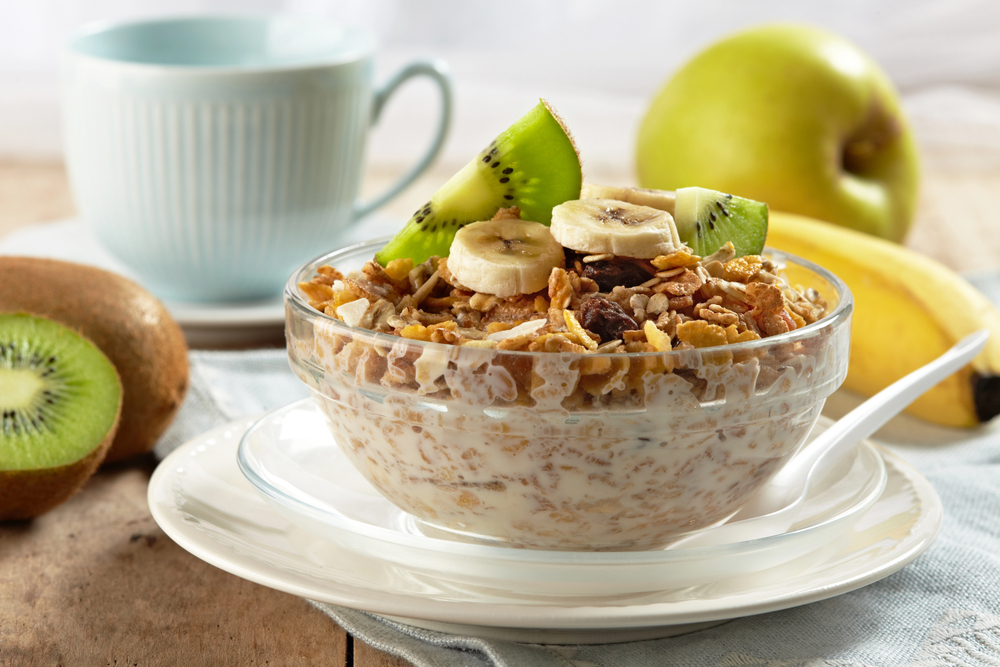
Several breakfast cereals contain nuts or nut pieces, even those marketed as simple grains. Almond slivers, pecan chunks, or hazelnut bits can be mixed in for added crunch. These cereals can pose a hidden risk for those avoiding nuts. Carefully read the ingredients list to avoid accidental nut consumption.
Chocolates

Certain chocolates, especially premium or filled varieties, may contain nuts. Hazelnuts, almonds, or peanut butter fillings are common. Even if not visible, these nuts can be blended into the chocolate. Always check the packaging or opt for plain chocolate if you’re nut-averse.
Asian Sauces
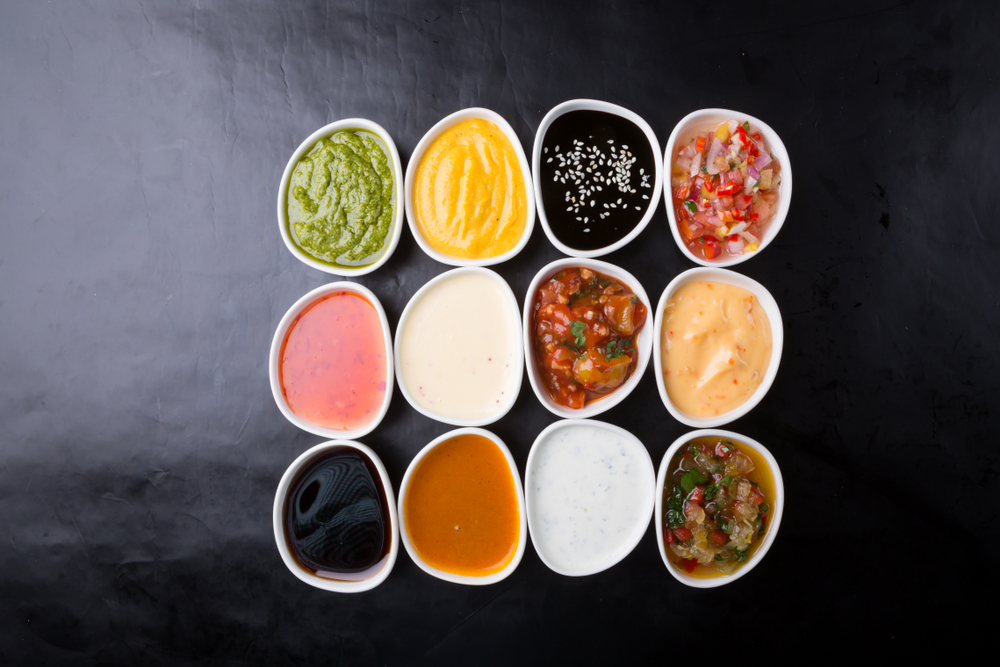
Asian sauces like satay, hoisin, or some curry pastes often contain nuts or nut derivatives. Peanuts are commonly used in satay sauce, while almond or cashew paste can be found in curries. These sauces can be unexpectedly nutty. Verify ingredients before use, especially with pre-made sauces.
Ice Cream

Many ice cream flavors include nuts, either as chunks or in the base. Flavors like praline, pistachio, or almond fudge are obvious, but even some chocolate or vanilla variants can have hidden nuts. Nut extracts or pastes are sometimes used for flavor. Always check the flavor description and ingredients list.
Smoothies
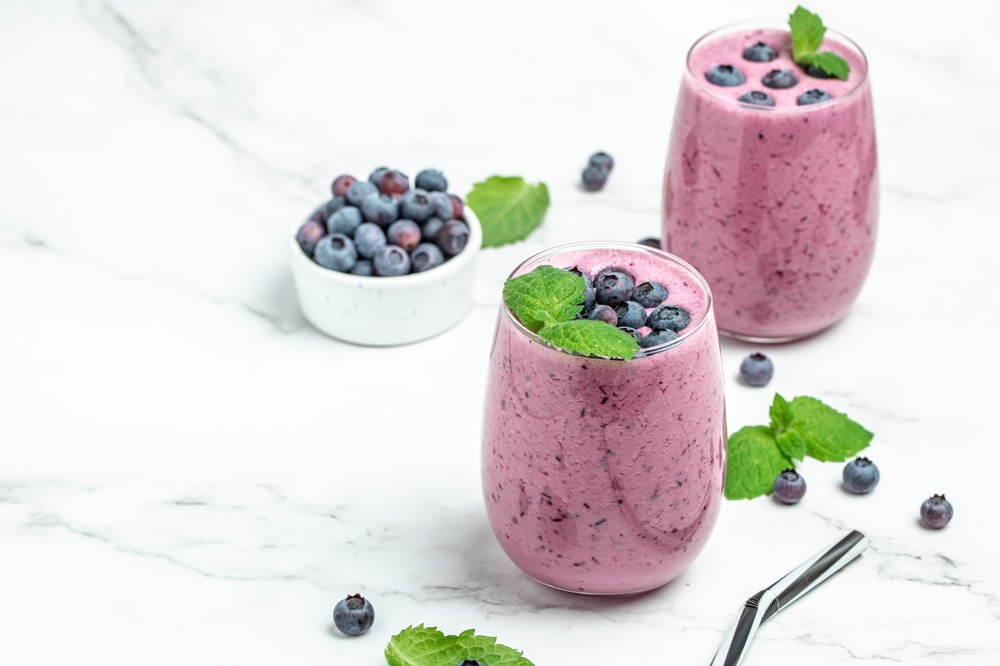
Some smoothies, especially protein-packed ones, include nuts or nut butters. Almond butter, peanut butter, or cashew milk can be blended for a creamy texture. These ingredients add nutritional value but can be a problem for those with nut allergies. Check the smoothie recipes or ask about ingredients before consuming.
This article originally appeared on RetailShout.
More From RetailShout
15 Trader Joe’s Pasta Recipes That Feel Fancy But Are Easy to Make
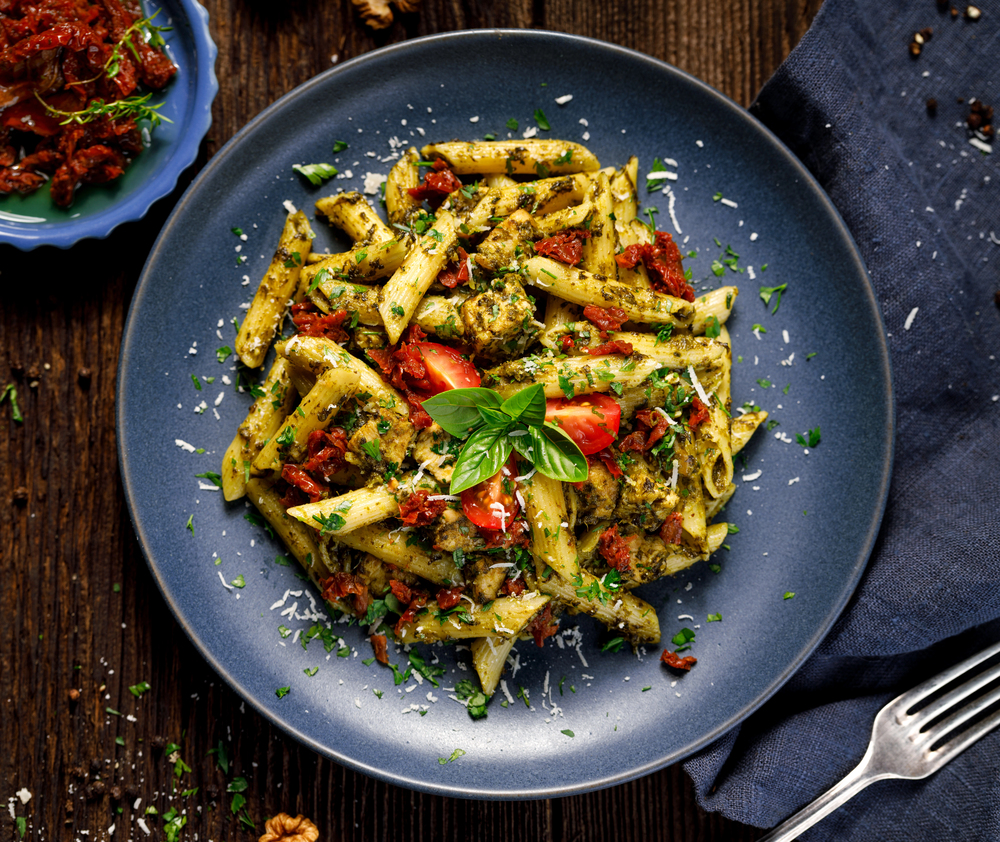
Feeling fancy doesn’t have to mean spending hours in the kitchen. Trader Joe’s offers an array of pasta options that, with a few simple tweaks, can turn into elegant meals. Read More.
15 Irresistible Appetizer Recipes for Your Next Party
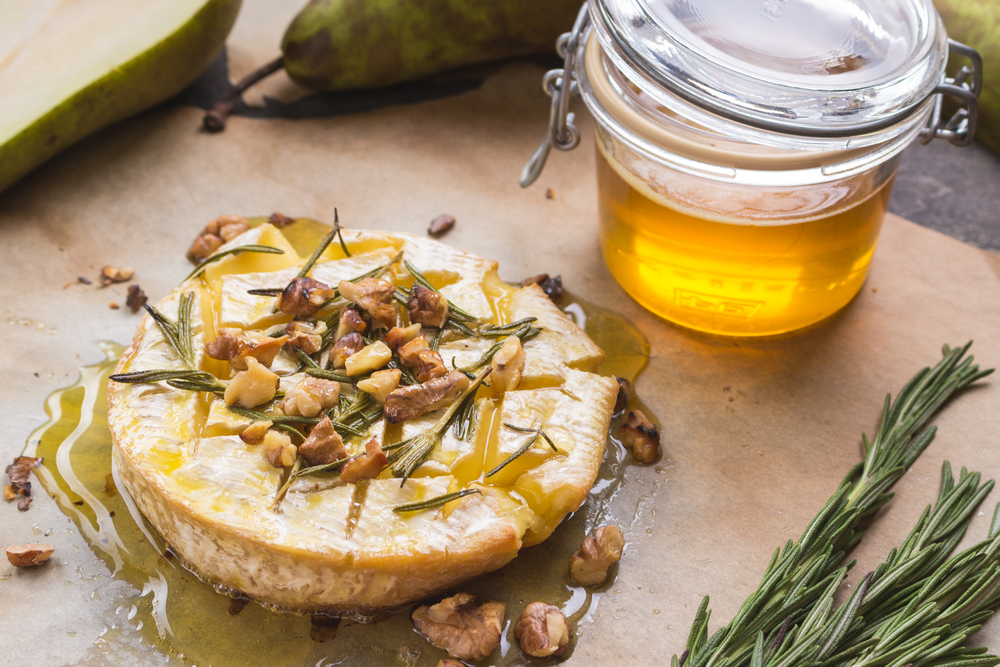
Planning a party can be fun, but figuring out what appetizers to serve can be a challenge. You want something that’s easy to make, sure to impress, and keeps everyone coming back for more. Read More.
17 Packaged Foods with More Sugar Than You Think
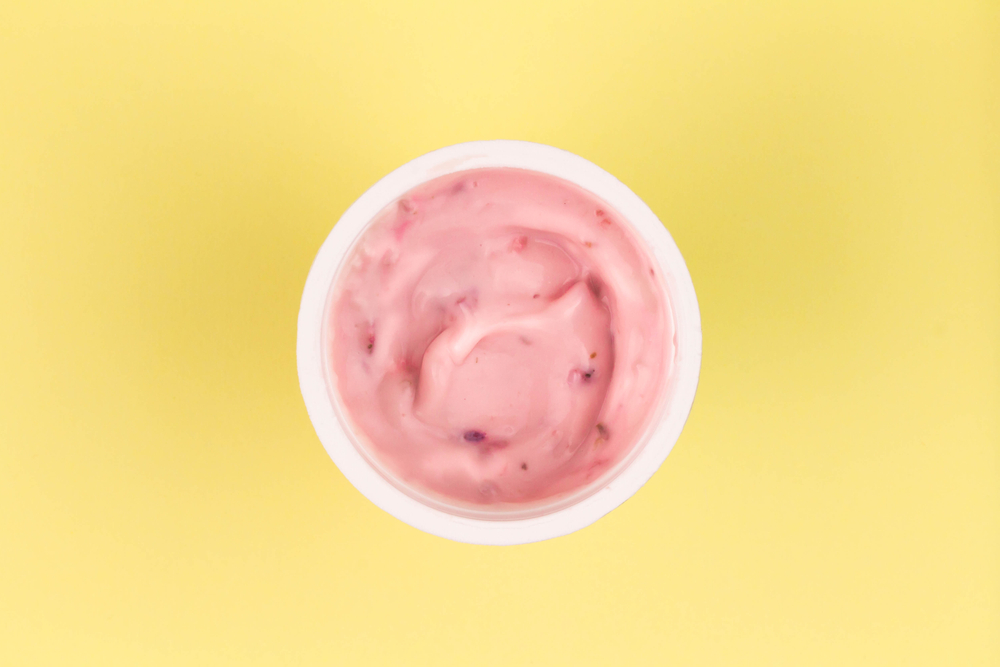
Sugar has a sneaky way of showing up in the most unexpected places. You think you’re making a smart choice, but that innocent-looking product is packing more sugar than you’d ever guess. Read More.


